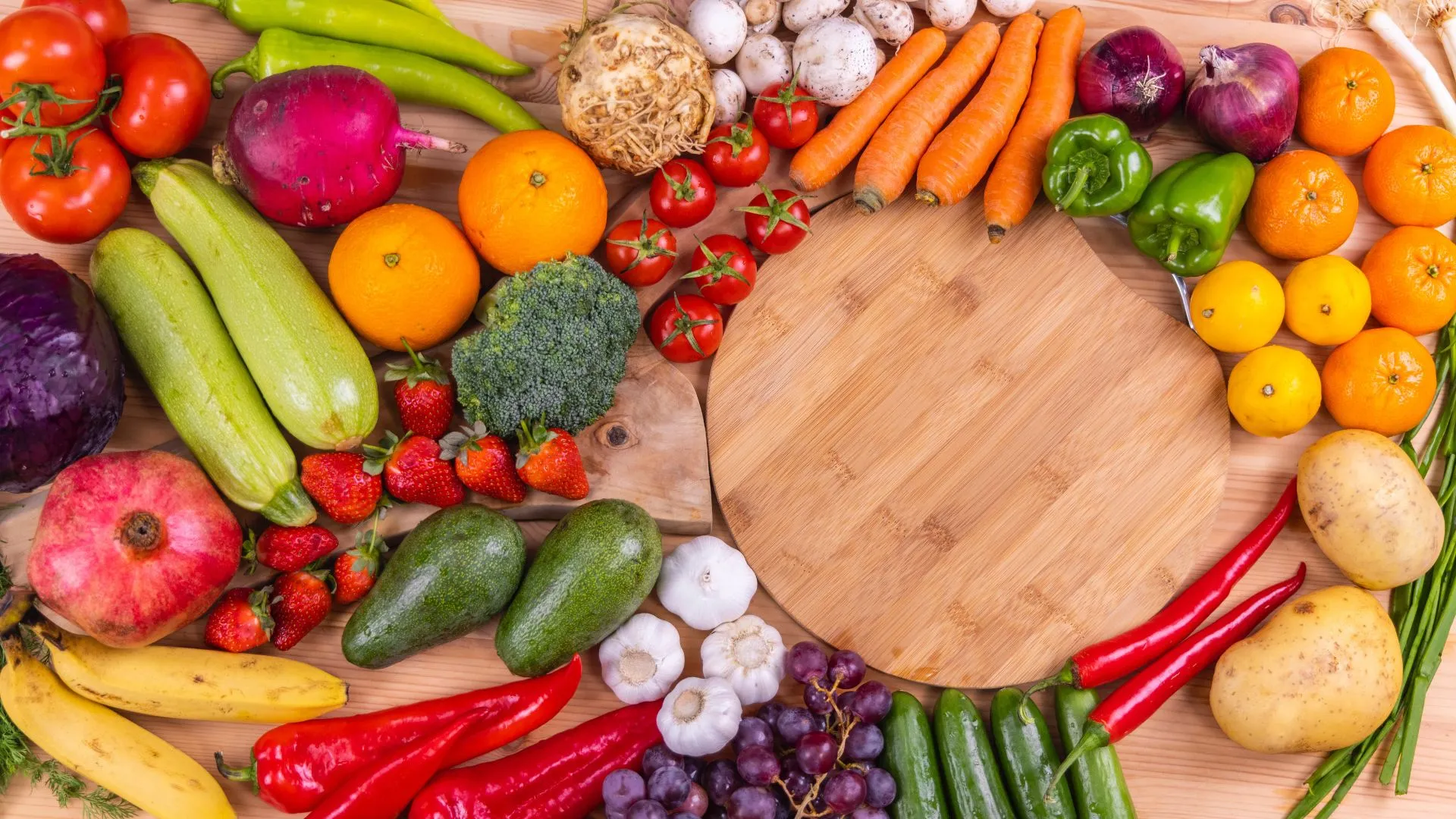Unveiling the Aromatic Majesty of Ceylon Cloves
Apr 22, 2024

Half of people around the world suffer from malnutrition although more than enough foods are produced globally. According to research findings, current dietary trends will have a major impact on the environment in 2050. Earth has to feed a 10 billion people by 2050.The degradation of the planet's ecosystems is driven by increased demand for food and population growth. The earth’s ecosystem is adversely affected due to human food system. 40% of the land and 70% of fresh water is used for agricultural activities. Great loss of biodiversity, damage to whole ecosystems, emission of greenhouse gases, excess nutrients, disturbance to carbon, nitrogen and phosphorus like natural cycles and also increase of food waste are major problems related the current food systems and it is confirmed that current food production systems are not healthy or sustainable to reduce the effect of climate changes, agriculture and food production systems. The dietary intake patterns should be changed.
What is the sustainable diet?
“The diet with low environmental impacts which contribute to food and nutrition security and to healthy life for present and future generations. Sustainable diets are protective and respectful of biodiversity and ecosystems, culturally acceptable, accessible, economically fair and affordable; nutritionally adequate, safe and healthy; while optimizing natural and human resources”
Is it more sustainable to eat plant-based foods or animal-based food?
Only an immediate and fundamental change of the global food systems will make it possible to feed a rising global population sustainably, without harming its health or nutrition. The change is characterized by a diet which contains far more plant foods than currently, including 500g of vegetables and fruit each day with minimal or no red meat.
The sustainable eating practices help the environment, public health, and society by increasing the availability of food and farmland to feed every inhabitant on Earth.The impact of eating on environment can be identified under three factors: food, energy used in the home, and transport. The food is the powerful factor among these factors. The higher amount of resources (raw materials, land, water, energy) is used and more pollutants (chemical residues from agriculture, greenhouse gases, manure) are produced in animal food production than plant-based food.
Raw vegetables
The average calculated value of “protein conversion ratio” from plant-based feed to animal food is around 9:1. This can be concluded that on average an animal will convert 9 grams of feed proteins to 1 gram of edible animal protein.
Arable lands
Animal food production requires larger areas of arable land than is necessary to produce plant foods. For the production of feed, two thirds of cultivated land worldwide is used, while only one third is used directly for the production of vegetables for human consumption. The area covered by livestock is estimated to be between 30% and 45% of the arable area. FAO claims that in order to provide a sufficient meal, an individual living mainly on animal proteins requires ten times the amount of land than someone who lives with vegetable protein sources.
Water
70% of freshwater is used annually for agriculture and for animal husbandry and the water needed for the production of animal food is, compared to plant foods, higher.
Energy
According to published literatures, 2.2 calories of fossil fuel are required to obtain a 1 calorie of protein from wheat and for beef, the requirement is 40 calories. Furthermore, it has been established that the production of food from animals requires an expenditure on fossil fuels 12 times greater than those required to manufacture plant foods.
Chemical substances
Conventional agriculture practices are highly depended on agrochemicals and it highly contributes to the pollute soil and surface water. Pollutants accumulate throughout the food chain and the bioaccumulation is particularly high and dangerous levels in foods of animal origin such as meat, dairy, eggs and fish.
The key characteristics of a sustainable and healthy diet
Some of benefits of plant- based diet are reduce the risk of developing non-communicable diseases, decrease mortality from cardiovascular diseases and support to reduce blood glucose, blood pressure, and serum cholesterol. Qatar, Sweden and Brazil produced national dietary guidelines to integrate principles of food sustainability. So, eating more plant foods is not only beneficial for the environment, but also protective of a consumer’s health. It is need to change dietary habits globally, to reduce resource waste, and minimize the emission of pollutants and greenhouse gases.
Lastly, sustainable food isn't just a trend; it is an essential shift to a healthier planet and better future for all. Our environment footprint can be reduced, local communities supported and a better food system fostered by informed choice about what to put on our plates. Each little step taken in our culinary journey can make a huge difference, whether we embrace plant based diets, reduce food waste or promote sustainable farming practices. Together, we'll be able to enjoy the delicious taste of a greener, more sustainable world.
References
Baroni, L., Filippin, D. & Goggi, S. (2018). Helping the Planet with Healthy Eating Habits. Open Information Science, 2(1), 156-167. https://doi.org/10.1515/opis-2018-0012
Pettinger, Clare. (2018). Sustainable eating: Opportunities for nutrition professionals. Nutrition Bulletin. 43. 226-237. 10.1111/nbu.12335.